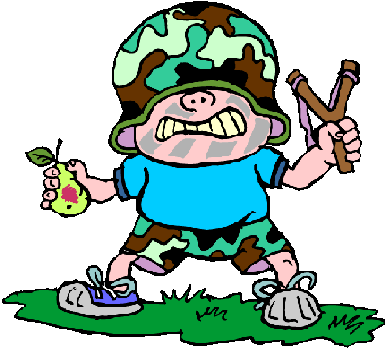




|
Welcome back. Perhaps you'd like to tell me what you'd like me to call you this lesson.

 |

|
Do you know all about the ROOK move then, kiddo? |

|
Here's a question for you. There's a little kid who's small and weak. He can't run very fast and he hasn't got any friends. What do you do? |